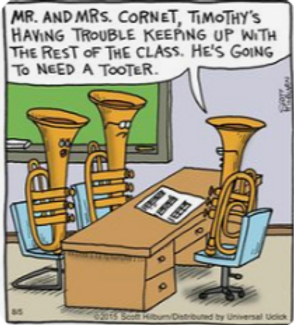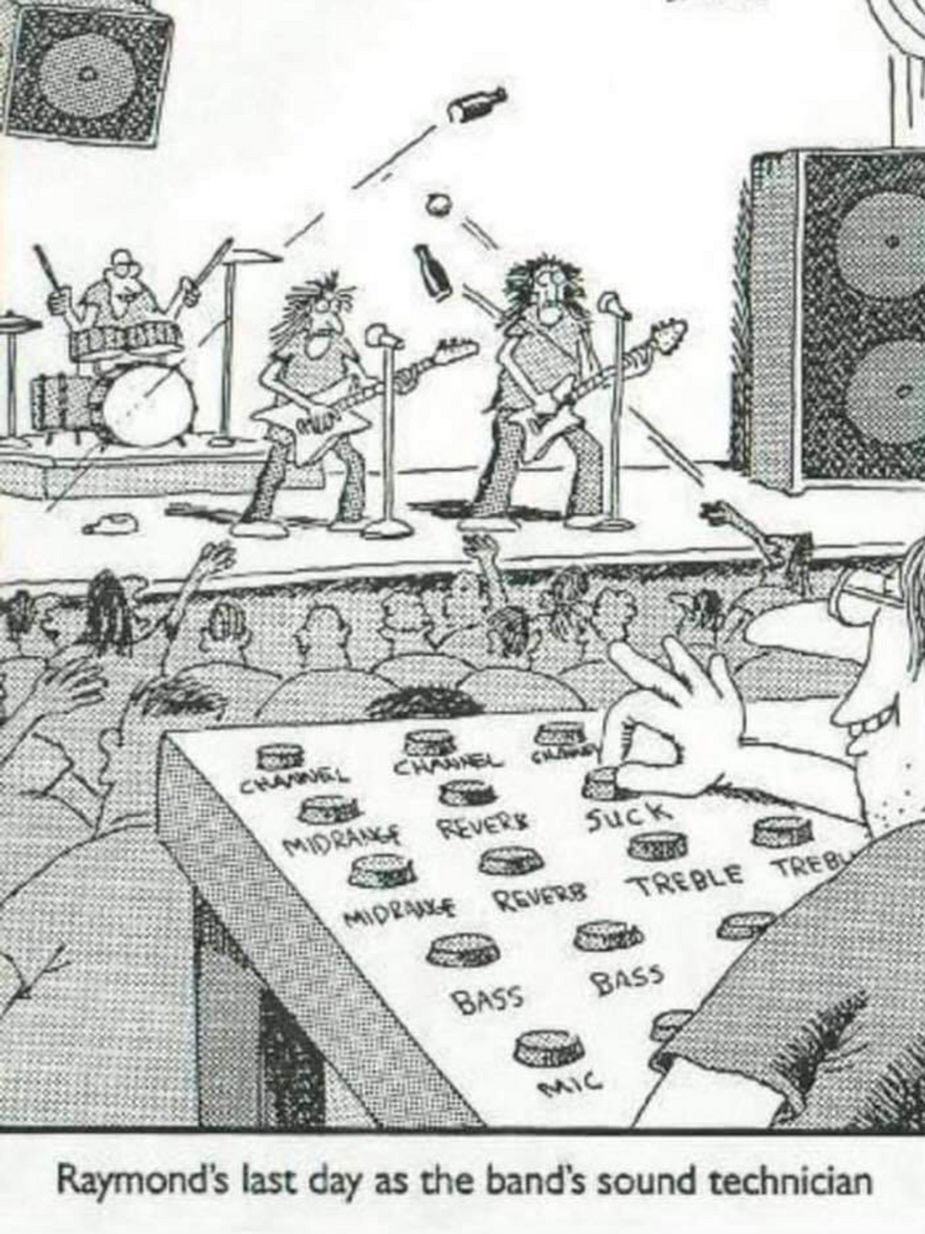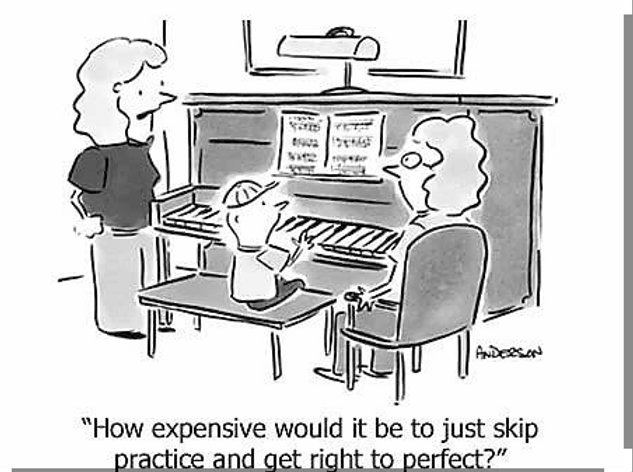Explore the Michelle Ostrove Blog
What makes one voice sound different from another? If you ever sang in a school or church choir, you know there are different categories or types singers (bass, tenor, alto and soprano). I will discuss three ways to classify six of the voice types, even though the Fach System (a German voice classification) has 29 different categories, which are mostly used for opera and classical styles of singing. We will discuss the 6 that pertain to pop, country, rock, jazz,…
Read MoreTo have a great voice you have to pay your dues and work hard. There is a technique called “vocal fry”, which is a healthy husk (growl) or raspy sound you can produce in your voice. The vocal fry is the lowest register of your voice. It is considered a vocal onset, which we discussed in the previous blog “How To Put A Spark In Your Singing Voice”. How to create that sound takes time and needs to be done…
Read MoreLearning to read music, sight reading, is important for any good piano player and singer. To be a professional as a vocalist or musician, it is almost a must to read music, but there are a some who do not. Developing a good ear is crucial for creativity and a lot of fun too! Personally, I think it’s important to develop both, playing by ear and reading music. There are very creative people who play an instrument completely by ear…
Read MoreThe music business can be cruel, blunt, and harsh. It’s a business and you cannot take the opinions of others personally. Whether it’s the way you sing, or the song you wrote, or how you play the piano, just because they say something negative “does not make it true”! If you read a review or hear a comment and it’s completely false let it go; don’t take it personally. Think of it as a review or comment for someone else.…
Read MoreThe aspirate onset is the soft vocal onset; it is the breathy singing voice like Marilyn Monroe. This is a fancy way of saying that you start with an “h” sound. The aspirate vocal onset happens when the vocal folds (cords) come together after the airflow has started to pass through. Let’s do a little exercise, if you sing “Hey Jude” from the Beatles song; start with Hey, notice the vocal folds (cords) opening as you sing the H and…
Read MoreTechnique is a skillful way of executing a song, whether it is singing or playing the piano. Technique deals with the concept of tone, musicality and expression in your performance. It is the ability to exert optimal control of the piano or your singing voice. Improving your technique entails practicing exercises that strengthen your muscular sensitivity and agility. Proper vocal technique allows singers to produce a warm, rich sound that is conducive to achieving a good vocal performance. Your posture,…
Read MoreIf you play a song on the piano or sing a beautiful melody without feeling or emotion, the song will fall flat. If you’ve ever paid attention to music in a movie, you’ll find loud and pulsating music in dramatic, scarry, or terrifying scenes. Or you could have soft, soothing violins in a sad moment or love scene. It’s all about the dynamics. Dynamics create the mood of the song; it’s the ever-changing loudness and softness of way a song…
Read MoreSongs are made up with patterns, repeated rhythmic patterns made up of particular types of sound. Rhythm is the most essential element in a song. You can mix together any sounds you want, but without a rhythmic backbone to the sound there is no music. A rhythmic musical instrument is used to provide a strong beat to a piece of music. Think of the song “We Will Rock You” which has a distinct rhythmic pattern you can identify in the…
Read MoreIt takes a significant amount of dedication to play the piano or sing at a professional level. Most professional singers and musicians (pianists) typically practice one to two hours a day. Regularly practicing is the only way to get there. Not only will it allow you to maintain your current skill level but, it is the only way to improve your skill set. It’s best to practice daily for a shorter amount of time than spending four once or twice…
Read MoreStaccato in Italian means detached or disconnected, applied to singing or playing piano the technique is with individual short, clear-cut notes with a small rest (silence) at the end of each note. It is the opposite of legato, which means to sing or play the notes smoothly and connected. Staccato is a short note (not holding it); it’s separated from the other notes that may follow. When singing staccato, it is a quick, precise, cut short, detached note or notes.…
Read More








